In this episode we’re looking at launch monitors; how they’re used, how the technology works, and what they’re role is in golf at the moment with our guest Liam Mucklow.
How to Best Use Launch Monitors
First and foremost, no launch monitor is going to tell you what to do. It only tells you what happens.
Secondly you have to make sure that you train patterns, not incidents. Too many times, coaches and golfers react to a single shot instead of basing an intervention on a pattern. You should never base an intervention on a single shot.
The last thing is to always determine a key performance indicator before an intervention. Drill it down to the lowest common denominator, what is the one thing that I want to change and focus on that piece of data. If you’re constantly using tons of data points and start hitting shots you are going to be distracted by a whole bunch of figures that have little correlation to performance.
AVOID THESE 2 COMMON LAUNCH MONITOR MISTAKES
#1 – Always displaying and working on too many data points.
#2 – Trying to zero golfers out.
To often people see all the data points from a launch monitor and try to make a whole much of zeroes flash up on the board. Basically no players on the PGA tour have zeroes across the board and it’s not something to necessarily be working toward.
![]()
One launch monitor measurement method is doppler radar which evolved from missile tracking technology. The unique advantage of radar is that it can typically measure the full flight of the golf ball or if you want certain devices have a function called normalize so you can measure the launch conditions of the golf ball and extrapolate full flight to essentially eliminate things like wind conditions and environment.
Camera based technology measures the golf ball after the strike as it passes through the first 12 to 24 inches of flight depending on the system. High speed cameras take multiple images of the ball during that launch and use software in order to calculate the spin rates, launch trajectory, launch direction and velocity of which the ball is traveling. From there, it uses an algorithm to extrapolate what the full ball flight would be.
Launch Monitor Companies:
Trackman Golf: Radar based technology, Trackman was one of the first companies in the market place and arguable one of the most well known and widely used throughout the industry.
Flightscope: Another radar based launch monitor, Flightscope has been around for years, initially working in the defense industry before moving to golf and other sports. Great technology used by lot’s of instructors and club fitters all over the world.
Check out the image below of how a Flightscope collects data to get a better understanding.
![]()
Foresight Sports: One of the hottest launch monitors over the past few years Foresight creates camera based launch monitors starting with the GC2 and now the GCQuad
Ernest Sports: With the ES12 and ES14 Ernest Sports focused on the personal launch monitor category, providing a product and price point any golfer could afford. They’ve recently released the ES16 which captures more data and makes them a contender beyond just personal launch monitors.
Review: Ernest Sports ES14 Personal Launch Monitor by GolfWRX
Skytrak: SkyTrak is a Photometric, or camera-based system, similar to commercial systems of this type that take high-speed pictures of the golf ball right after impact.
BUYER’S GUIDE: PERSONAL LAUNCH MONITORS by My Golf Spy
Voice Caddie:Very affordable personal launch monitor, the SC200 and SC100 from Voice Caddie have gotten some pretty good reviews over the years and a good option if you’re looking for
[$350] SWING CADDIE 2 (VS) TRACKMAN [$25,000] from My Golf Spy
Liam Mucklow
![liam mucklow]() Liam joined the PGA of Canada in 2001, one year prior to graduating from the University of Alberta in 2002 with a Bachelor’s of Physical Education. At University Liam was on the varsity golf team, an All Star volleyball player and a medalist in badminton.
Liam joined the PGA of Canada in 2001, one year prior to graduating from the University of Alberta in 2002 with a Bachelor’s of Physical Education. At University Liam was on the varsity golf team, an All Star volleyball player and a medalist in badminton.
After spending nearly a decade with the World Long Drive Tour, California Mini Tours and various Professional Tours in Asia Liam dedicated his full focus to coaching. His innovative programming that combines student accountability and deliver quantifiable results have remain unique in the industry.
More recently Liam has refocused his energy on Education and Research. He has been working with the PGA of Canada to provide the highest level Golf Coaches in Canada with support on analyzing performance with technology. Liam also helped the Titleist Performance Institute launch its worldwide Power Coach Certification program in May of 2013. In 2014 Liam presented at the World Scientific Congress of Golf in Australia, and the World Golf Fitness Summit in California. This year he has been confirmed for to host a 3 hour workshop at the WSCG in St Andrews, Scotland. Liam will be demonstrating his Speed Set Driver Fitting protocol. This process has been consistently delivering golfers of all levels and addition 4-7% total distance through equipment optimization.
Rick Cuellar – Foresight Sports
![]() Joined Callaway Golf in Carlsbad CA in 1996 as a wax and shell operations manager in Callaway Golf’s Prototype foundry. Managed state of the art investment casting shell and wax operations for metalwood, Iron and putter prototypes and production. Then as a product analyst researched COR for the characterization of prototypes, competitor and production metalwoods. Continued responsibilities included being in charge of all competitive club analysis to include the performance measurement and characterization of mass and physical properties, metallurgy, construction and materials, player and robot analysis and durability. In 2005 joined TaylorMade Adidas Golf as an engineering technician measuring all aspects of mass and physical properties for club materials and equipment. Then as a product analyst, conducted performance prototype, competitor and production player club comparative analysis to include DOE for robot and player club research.
Joined Callaway Golf in Carlsbad CA in 1996 as a wax and shell operations manager in Callaway Golf’s Prototype foundry. Managed state of the art investment casting shell and wax operations for metalwood, Iron and putter prototypes and production. Then as a product analyst researched COR for the characterization of prototypes, competitor and production metalwoods. Continued responsibilities included being in charge of all competitive club analysis to include the performance measurement and characterization of mass and physical properties, metallurgy, construction and materials, player and robot analysis and durability. In 2005 joined TaylorMade Adidas Golf as an engineering technician measuring all aspects of mass and physical properties for club materials and equipment. Then as a product analyst, conducted performance prototype, competitor and production player club comparative analysis to include DOE for robot and player club research.
In 2010 joined Foresight Sports prior to the launch of the GC2, responsibilities included GC2 product technology specialist and sales rep. Current title – Director of sales, responsibilities include management of all major corporate accounts, global distribution and the creation and founding of the PEAK program and Advisory Board.
Located in San Diego, California, Foresight Sports develops the most advanced—and most trusted—performance analysis solutions in the golf industry. Since its start in 2010, the company has experienced meteoric growth to become a global leader in launch monitors, golf simulators, gaming and professional software, and custom solution development.
Recognizing the advantages of camera-based launch monitors, Foresight Sports began as a collaborative effort between top industry engineers and a business-savvy executive team with a deep passion for the game. The result was the company’s first product, the GC2 “Game Changer” Smart Camera System.
In its six short years on the market, the GC2 has lived up to its name—leveraging its unmatched accuracy and indoor/outdoor ease of use to become the best-selling professional grade launch monitor ever created. Two years later, Foresight Sports released an advanced clubhead tracking solution called HMT—Head Measurement Tracking. Paired with the GC2, the combination proved to deliver the most comprehensive ball and club data ever seen in the industry and quickly became preferred technology of top fitters, instructors, club makers and Tour Pros alike.
The company quickly expanded its golf simulation and software solution offerings, including its own true-to-life gaming software, FSX, along with advanced fitting and instruction apps—all powered by its game-changing line of launch monitors.
Today, Foresight Sports is a total technology provider, with more than 10,000 GC launch monitors and golf simulation solutions in use in retail stores, driving ranges, commercial facilities, and homes worldwide. With engineering, manufacturing, and quality-assurance teams all located under one roof, Foresight Sports offers complete, vertically integrated solutions for players, professionals, and industry leaders.
This Episode’s Sponsor
![kvest]() K-VEST is the industry’s only human motion learning system. The all-in-one wireless system that instantaneously measures players’ power signatures and 3D data. The system that assesses player characteristics and generates insightful reports. The system that automatically flows those reports into a powerful coaching and training program builder.
K-VEST is the industry’s only human motion learning system. The all-in-one wireless system that instantaneously measures players’ power signatures and 3D data. The system that assesses player characteristics and generates insightful reports. The system that automatically flows those reports into a powerful coaching and training program builder.
But that’s just the beginning. K-VEST doesn’t only provide you with an extensive library of pre-built training programs and drills, but also with the tools to customize them. And these pre-loaded resources always put real-time auditory and visual feedback front and center—making it possible for clients to feel new movement patterns. Supporting this state-of-the-art wearable technology are turnkey marketing programs that empower professionals to grow their businesses. In fact, it’s everything today’s pro needs to achieve greater success… a human motion learning system.
![k-vest]()
Music Includes
Something Elated by Broke for Free
Let’s start at the beginning by Lee Rosevere
Only Instrumental by Broke for Free
The post The Essentials of Launch Monitors appeared first on Golf Science Lab.


 When you create a single length iron you run into a lot of issues: short clubs not going far enough, long clubs going to short, short clubs being to heavy when lengthened and so on.
When you create a single length iron you run into a lot of issues: short clubs not going far enough, long clubs going to short, short clubs being to heavy when lengthened and so on.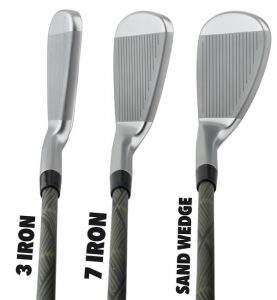 single length irons will take time to adjust to. You can’t expect to be comfortable from day one but stick with it and give yourself sufficient time to adjust and test.
single length irons will take time to adjust to. You can’t expect to be comfortable from day one but stick with it and give yourself sufficient time to adjust and test.
 One of the negatives is the weight the sensor adds on the end of the club so I was happy to see the change with the latest version called Arccos 360. I’m going to be looking into it further and using the system on a fun project this summer.
One of the negatives is the weight the sensor adds on the end of the club so I was happy to see the change with the latest version called Arccos 360. I’m going to be looking into it further and using the system on a fun project this summer.

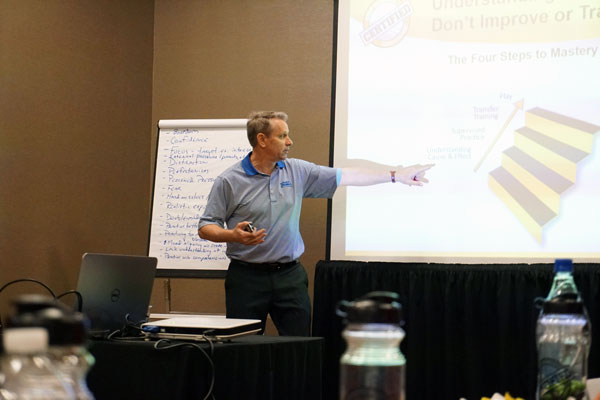
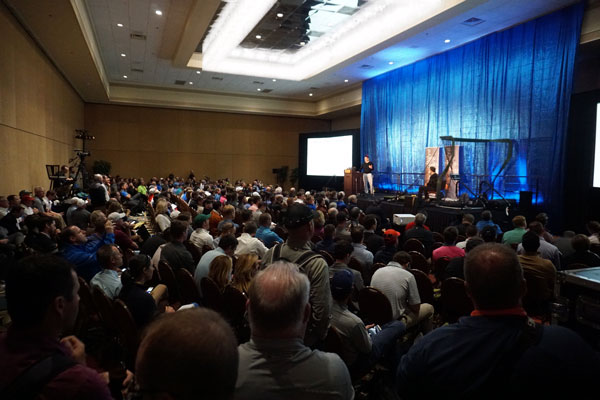

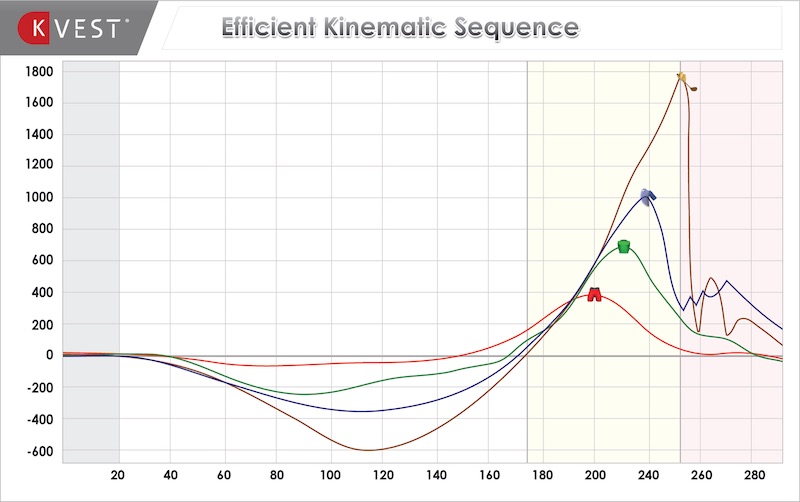
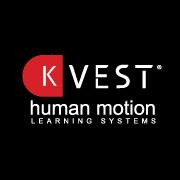


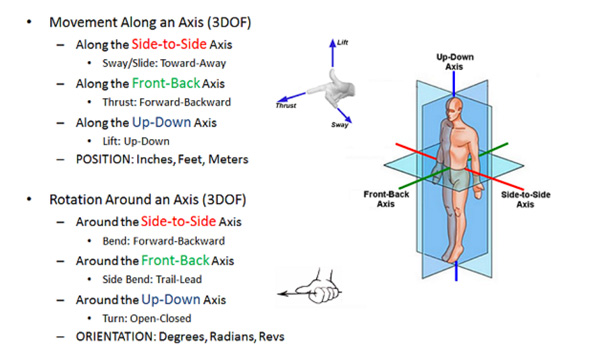
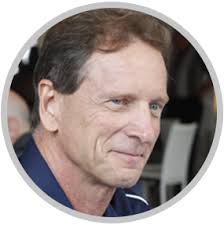 Dr. Phil Cheetham is currently the senior sport technologist and biomechanist for the United States Olympic Committee at the Olympic Training Center in Chula Vista, California. He currently works primarily with athletics and golf, but has also worked with many sports including gymnastics, swimming and diving. He has been a member of the US Olympic Team staff for both the London (2012) and Rio (2016) Olympic Games. In Rio several of the athletes he works directly with won gold and silver medals.
Dr. Phil Cheetham is currently the senior sport technologist and biomechanist for the United States Olympic Committee at the Olympic Training Center in Chula Vista, California. He currently works primarily with athletics and golf, but has also worked with many sports including gymnastics, swimming and diving. He has been a member of the US Olympic Team staff for both the London (2012) and Rio (2016) Olympic Games. In Rio several of the athletes he works directly with won gold and silver medals.
 Typically X-Factor is referred to as the separation of shoulders and pelvis at the top of the backswing, however there is some level of X-Factor throughout the entire swing. Smaller at address than top of backswing but nonetheless measurable throughout the swing.
Typically X-Factor is referred to as the separation of shoulders and pelvis at the top of the backswing, however there is some level of X-Factor throughout the entire swing. Smaller at address than top of backswing but nonetheless measurable throughout the swing.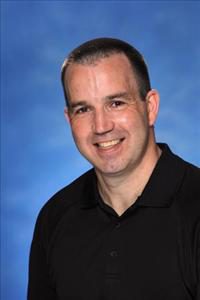 Dr. Mike Duffey is a faculty member in the Department of Kinesiology at Pennsylvania State University and Biomechanist for the Golf Teaching & Research Center (GTRC).
Dr. Mike Duffey is a faculty member in the Department of Kinesiology at Pennsylvania State University and Biomechanist for the Golf Teaching & Research Center (GTRC).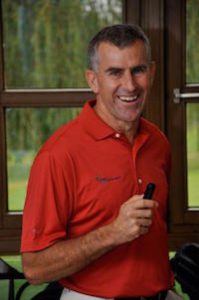 Dr Robert Neal, CEO, established golf biodynamics (GBD) in 2000 with the intention of providing the best possible biomechanics service available to golfers and teaching professionals alike. A unique skill set has made this a reality.
Dr Robert Neal, CEO, established golf biodynamics (GBD) in 2000 with the intention of providing the best possible biomechanics service available to golfers and teaching professionals alike. A unique skill set has made this a reality. 
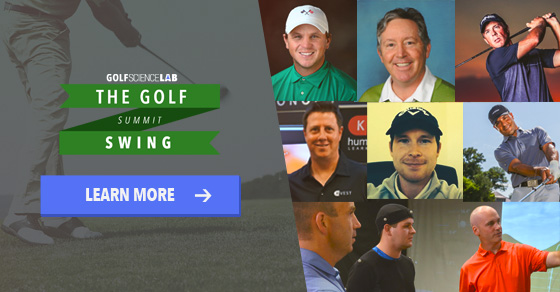
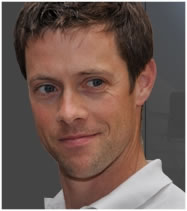 Mark is 39 years old and has been a full member of the PGA since 1996, currently holding AA status.
Mark is 39 years old and has been a full member of the PGA since 1996, currently holding AA status.
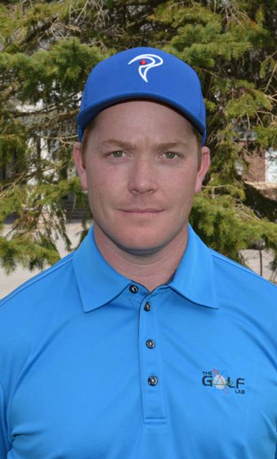 Liam joined the PGA of Canada in 2001, one year prior to graduating from the University of Alberta in 2002 with a Bachelor’s of Physical Education. At University Liam was on the varsity golf team, an All Star volleyball player and a medalist in badminton.
Liam joined the PGA of Canada in 2001, one year prior to graduating from the University of Alberta in 2002 with a Bachelor’s of Physical Education. At University Liam was on the varsity golf team, an All Star volleyball player and a medalist in badminton. Joined Callaway Golf in Carlsbad CA in 1996 as a wax and shell operations manager in Callaway Golf’s Prototype foundry. Managed state of the art investment casting shell and wax operations for metalwood, Iron and putter prototypes and production. Then as a product analyst researched COR for the characterization of prototypes, competitor and production metalwoods. Continued responsibilities included being in charge of all competitive club analysis to include the performance measurement and characterization of mass and physical properties, metallurgy, construction and materials, player and robot analysis and durability. In 2005 joined TaylorMade Adidas Golf as an engineering technician measuring all aspects of mass and physical properties for club materials and equipment. Then as a product analyst, conducted performance prototype, competitor and production player club comparative analysis to include DOE for robot and player club research.
Joined Callaway Golf in Carlsbad CA in 1996 as a wax and shell operations manager in Callaway Golf’s Prototype foundry. Managed state of the art investment casting shell and wax operations for metalwood, Iron and putter prototypes and production. Then as a product analyst researched COR for the characterization of prototypes, competitor and production metalwoods. Continued responsibilities included being in charge of all competitive club analysis to include the performance measurement and characterization of mass and physical properties, metallurgy, construction and materials, player and robot analysis and durability. In 2005 joined TaylorMade Adidas Golf as an engineering technician measuring all aspects of mass and physical properties for club materials and equipment. Then as a product analyst, conducted performance prototype, competitor and production player club comparative analysis to include DOE for robot and player club research. 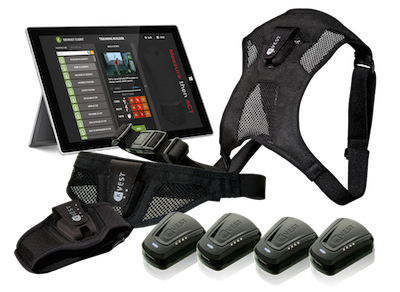
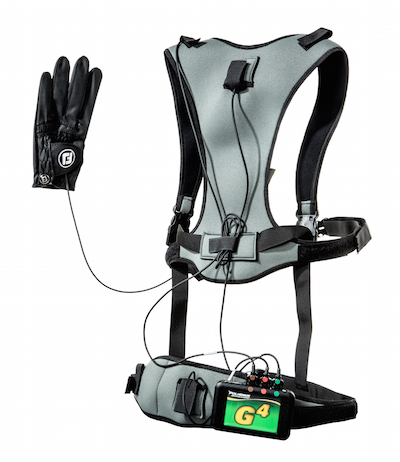
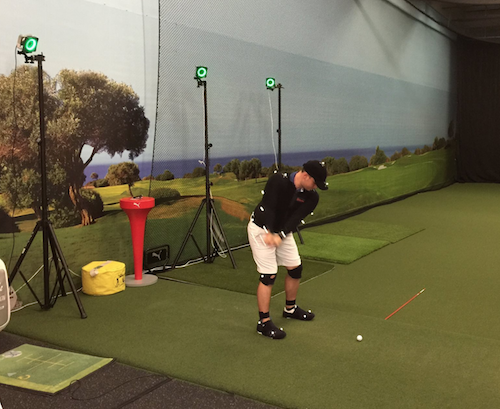
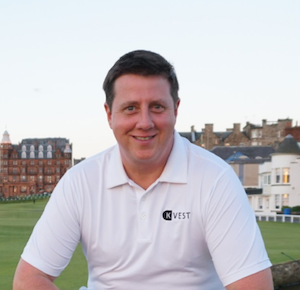 Tony Morgan is a PGA professional focused on teaching through better body biomechanics. As a managing partner for K-VEST, he is focused on providing feedback systems to golfers looking to improve.
Tony Morgan is a PGA professional focused on teaching through better body biomechanics. As a managing partner for K-VEST, he is focused on providing feedback systems to golfers looking to improve. 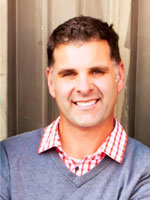 Michael Neff is currently the Director of GEARS Golf and Sport Development. Michael has worked with and trained over 100 PGA professionals, Senior PGA professionals, LPGA professionals and mini tour players over the years on GEARS GOLF and the TaylorMade MAT-T system. Michael Neff has been a Class-A member of the PGA of America since 1991 and is also the author of the book Drive Like the Pros.
Michael Neff is currently the Director of GEARS Golf and Sport Development. Michael has worked with and trained over 100 PGA professionals, Senior PGA professionals, LPGA professionals and mini tour players over the years on GEARS GOLF and the TaylorMade MAT-T system. Michael Neff has been a Class-A member of the PGA of America since 1991 and is also the author of the book Drive Like the Pros.

 ERICSSON, K. ANDERS, is Conradi Eminent Scholar and Professor of Psychology at Florida State University. In 1976 he received his Ph. D. in Psychology from University of Stockholm, Sweden, followed by post-doctoral fellowship at Carnegie-Mellon University. In 1980 he moved to University of Colorado at Boulder, where he remained until 1992 with the exception of a two-year leave during 1987-89 at the Max-Planck Institute for Human Development and Education in Berlin. His dissertation (Ericsson, 1976) examined how verbal reports on cognitive processes provided insight into the structure of problem solving on the 8-puzzle. In collaboration with Herbert Simon he proposed a model of the processes involved in verbalization of sequences of thought and showed how some verbal report requirements, such as generations of explanation, have reactive effects on the studied cognitive processes whereas other reporting procedures, such as think-aloud and retrospective reports, valid data on thought processes. This work was initially published in Psychological Review (Ericsson & Simon, 1980) and then expanded into a book “Protocol Analysis: Verbal Reports as Data” (Ericsson & Simon, 1984) which was subsequently revised (Ericsson & Simon, 1993). With Bill Chase he studied the acquisition of a vastly improved digit-span in college students (Ericsson, Chase, & Faloon, 1980) and they developed the Theory of Skilled Memory (Chase & Ericsson, 1982; Ericsson & Chase, 1982) to explain their findings and other data on exceptional memory performance. With Walter Kintsch he extended this theory into Long-Term Working Memory (Ericsson & Kintsch, 1995) to account also for the superior working memory of expert performers and memory experts (Ericsson, 1985; Ericsson & Polson, 1988). His current research concerns the structure and acquisition of expert performance and in particular how expert performers acquire and maintain their superior performance by extended deliberate practice (Ericsson, 1998; Ericsson, Krampe, & Tesch-R�mer, 1993; Ericsson & Charness, 1994; Ericsson & Lehmann, 1996; Krampe & Ericsson, 1996, Lehmann & Ericsson, 1998a). He has edited books on the structure of expertise “Toward a General Theory of Expertise: Prospects and Limits” (Ericsson & Smith, 1991) and the acquisition of expert performance “The Road to Excellence: The Acquisition of Expert Performance in the Arts and Sciences, Sports, and Games” (Ericsson, 1996). For some recent reviews of the continuing work on expert performance (see Ericsson, 1998, 1999, in press), on Long-term working memory (LTWM) (see Ericsson & Delaney, 1998, 1999; Ericsson & Kintsch (in press); Ericsson, Patel & Kintsch, 2000) on protocol analysis (see Crutcher & Ericsson, 2000; Ericsson & Simon, 1998) and expert performance in music (see Lehmann & Ericsson, 1998a, 1998b, 1999).
ERICSSON, K. ANDERS, is Conradi Eminent Scholar and Professor of Psychology at Florida State University. In 1976 he received his Ph. D. in Psychology from University of Stockholm, Sweden, followed by post-doctoral fellowship at Carnegie-Mellon University. In 1980 he moved to University of Colorado at Boulder, where he remained until 1992 with the exception of a two-year leave during 1987-89 at the Max-Planck Institute for Human Development and Education in Berlin. His dissertation (Ericsson, 1976) examined how verbal reports on cognitive processes provided insight into the structure of problem solving on the 8-puzzle. In collaboration with Herbert Simon he proposed a model of the processes involved in verbalization of sequences of thought and showed how some verbal report requirements, such as generations of explanation, have reactive effects on the studied cognitive processes whereas other reporting procedures, such as think-aloud and retrospective reports, valid data on thought processes. This work was initially published in Psychological Review (Ericsson & Simon, 1980) and then expanded into a book “Protocol Analysis: Verbal Reports as Data” (Ericsson & Simon, 1984) which was subsequently revised (Ericsson & Simon, 1993). With Bill Chase he studied the acquisition of a vastly improved digit-span in college students (Ericsson, Chase, & Faloon, 1980) and they developed the Theory of Skilled Memory (Chase & Ericsson, 1982; Ericsson & Chase, 1982) to explain their findings and other data on exceptional memory performance. With Walter Kintsch he extended this theory into Long-Term Working Memory (Ericsson & Kintsch, 1995) to account also for the superior working memory of expert performers and memory experts (Ericsson, 1985; Ericsson & Polson, 1988). His current research concerns the structure and acquisition of expert performance and in particular how expert performers acquire and maintain their superior performance by extended deliberate practice (Ericsson, 1998; Ericsson, Krampe, & Tesch-R�mer, 1993; Ericsson & Charness, 1994; Ericsson & Lehmann, 1996; Krampe & Ericsson, 1996, Lehmann & Ericsson, 1998a). He has edited books on the structure of expertise “Toward a General Theory of Expertise: Prospects and Limits” (Ericsson & Smith, 1991) and the acquisition of expert performance “The Road to Excellence: The Acquisition of Expert Performance in the Arts and Sciences, Sports, and Games” (Ericsson, 1996). For some recent reviews of the continuing work on expert performance (see Ericsson, 1998, 1999, in press), on Long-term working memory (LTWM) (see Ericsson & Delaney, 1998, 1999; Ericsson & Kintsch (in press); Ericsson, Patel & Kintsch, 2000) on protocol analysis (see Crutcher & Ericsson, 2000; Ericsson & Simon, 1998) and expert performance in music (see Lehmann & Ericsson, 1998a, 1998b, 1999).








